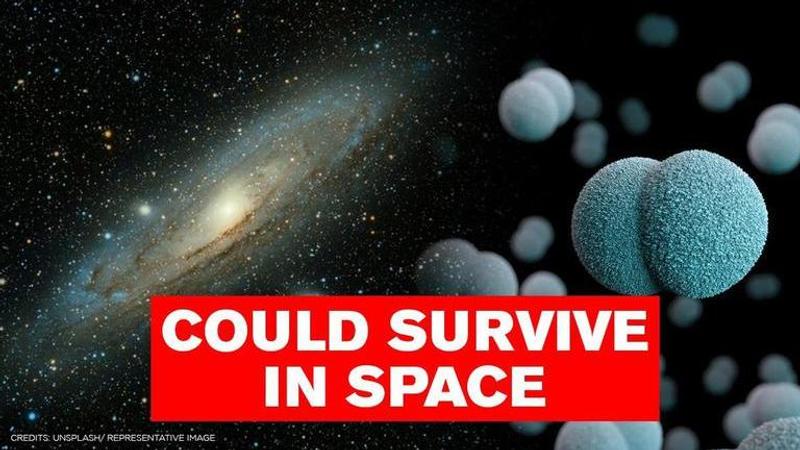Published 09:10 IST, August 27th 2020
ISS experiment shows microbes might survive interplanetary trips
A new study reveals that microscopic organisms like fungi and bacteria can survive in outer space and land on another planet.

A new study reveals that microscopic organisms like fungi and bacteria can survive in outer space and might survive interplanetary trips. According to the study, published in the journal Frontiers in Microbiology, experiments conducted on microbes found that they can survive damage from UV radiation in space. The experiments were reportedly conducted at the Exposure Facility of the Japanese Experimental Module (JEM) of the International Space Station (ISS) during the Tanpopo mission. The final samples were exposed for a total of 1,126 days and returned to Earth in 2018. The samples from 1 to 3 years were then analysed by scientists.
The results of the experiment that was conducted by the Japanese space agency, who had attached the dried cell pellets of the radioresistant bacteria Deinococcus spp to the International Space Station (ISS), support that microbes could survive the vacuum of space and also suggest the possibility of interplanetary transfer of microbes within several years. The ISS experiment came after scientists proposed sub-millimeter cell pellets (aggregates) could survive in the harsh space environment based on an on-ground laboratory experiment.
Microbes might survive trips from Earth to Mars
Previously, each space exposure experiment was performed independently for only one time period. In the Tanpopo mission, by contrast, experiments with different exposure periods at the same place were conducted. Thus, researchers were able to plot the survival fractions after 1, 2, and 3 years of exposure to obtain the time course. By analyzing the time course, it is also possible to estimate survival for longer periods. The cell pellets with a thickness greater than 0.5 mm are expected to survive between 15 and 45 years of exposure to UV on ISS EF and 48 years exposure to space in the dark, more than sufficient for an interplanetary mission between Earth and Mars.
Updated 09:10 IST, August 27th 2020



